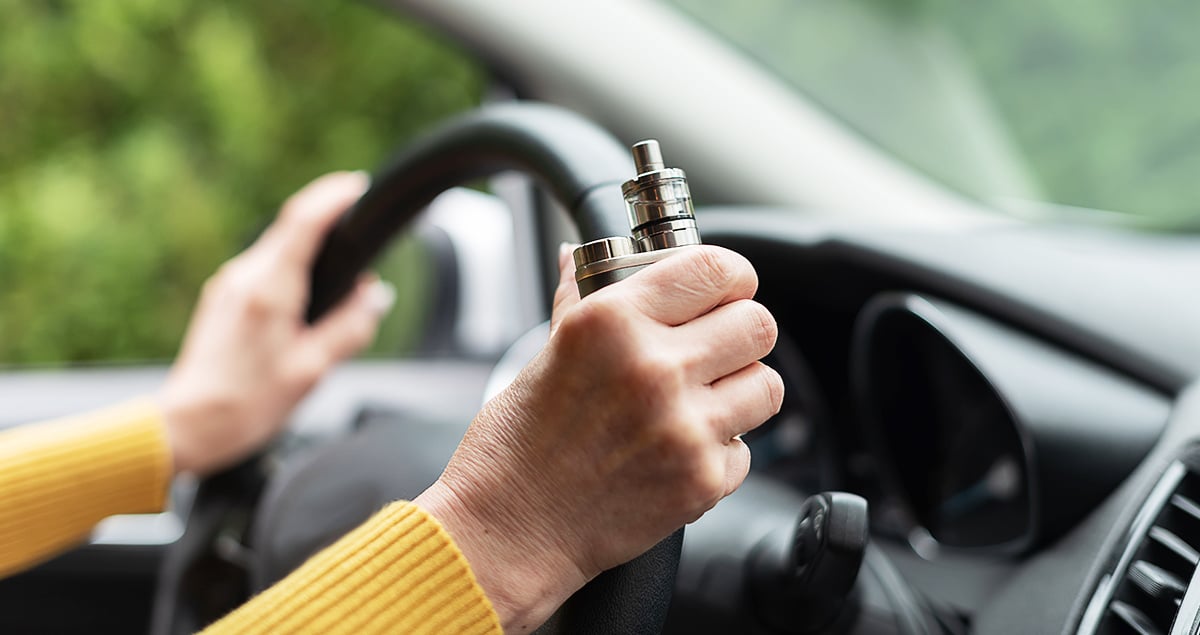What is CBD?
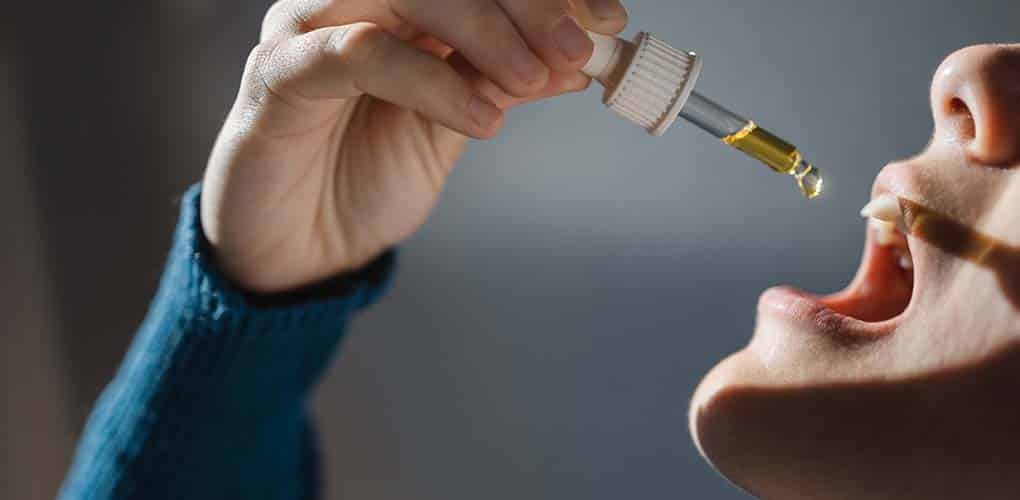
You’ve probably already come across the abbreviation CBD. But if you still don’t know exactly what it means or want to learn more about CBD, then definitely keep reading.
CBD cannabidiol
CBD stands for cannabidiol, one of the most well-known cannabinoids that has been discovered. Cannabinoids are chemical compounds that are not only found in cannabis plants, and to date, approximately 10-15 different cannabinoids have been identified that are formed primarily in female flowers. Their amount in the plant is predetermined genetically but is also influenced by the environment where the cannabis plant grows. Cannabinoids occur naturally in the plant in the form of a carboxylic acid, hence, for example, CBD (cannabidiol) is referred to as CBDA. They are cannabinoids, but they also have carbon dioxide. When heated, or when enough energy is received to break off the CO2 group, a ‘neutral cannabinoid’ is produced, in this case CBD. This process is called decarboxylation.
CBD is similar in chemical structure to another, perhaps even better known, cannabinoid, THC (delta-9-tetrahydrocannabinol), but differs significantly in its properties. It does not cause a state of euphoria and intoxication, but it has attracted the attention of scientists and society mainly because of its potential therapeutic effects, which can be achieved even without the side effect of ‘high’. CBD can be found in various forms and taken as CBD oil, extract, but also in the form of capsules, patches, creams, tinctures, vape or tea.
How does it affect our body?
In our body, there is an endocannabinoid system whose receptors are distributed throughout the body. It consists of three parts, which are receptors, endocannabinoids and enzymes that are responsible for the synthesis and degradation of endocannabinoids. The receptors have a special shape that allows only a certain compound to bind to them. A bit like a lock and key. If the right compound binds to the receptor, the receptor is activated and passes the signal on. The endocannabinoid system has CB1 and CB2 receptors. CB1 receptors are located primarily in the brain, where they control emotions, memory, learning, movement, or feelings of pain, while CB2 receptors are scattered throughout the body, and work mainly with the immune system and so are an important factor in fighting inflammation. However, CBD does not only interact with the receptors of the endocannabinoid system in the body, but also with adenosine, serotonin or vanilloid receptors.
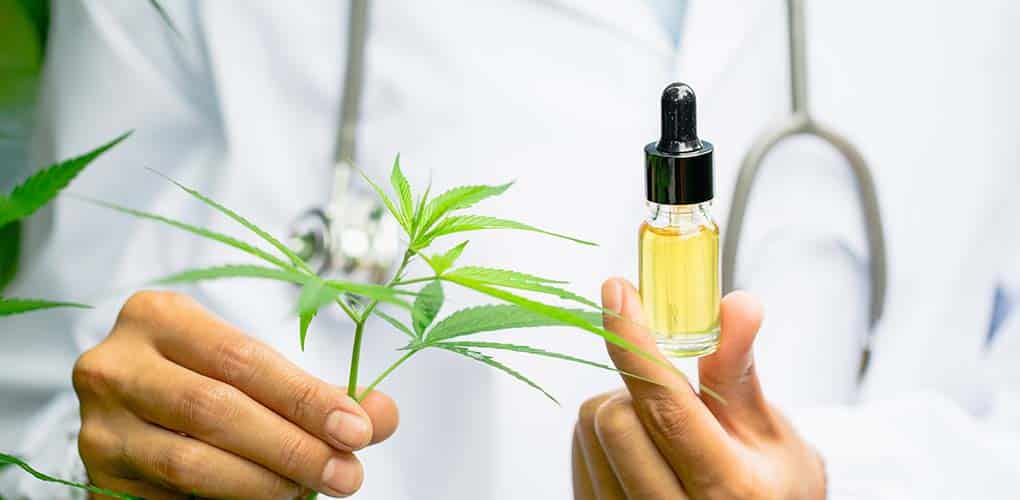
History of CBD and its effects
CBD was first isolated from wild hemp in the 1940s R. Adams, M. Hunt and J.H. Clark in Minnesota and was thus the second (after THC) identified cannabinoid at that time. In 1981, scientists figured out its anticonvulsant effects (lessening the severity of epileptic seizures) and it was seen as a potential cure for these diseases. Between 1982 and 1998 it was first found to have positive effects for anxiety, psychosis and also to be a powerful antioxidant.
In the first decade of the 21st century, scientists have gained a more thorough understanding of how CBD works in our bodies, noting its effects on nausea or its ability to minimise the effects of THC. CBD’s interactions with serotonin or positive associations with heart health, blood pressure and body temperature have also been discovered. In 2005, it was discovered that CBD can help kill cancer cells in breast cancer, giving it even more interest as a potential cure for cancer. In 2014, studies confirmed that it can effectively treat acne due to its anti-inflammatory and antibacterial effects. Positive effects of CBD in treating tobacco addiction, chronic pain, or anxiety and insomnia problems have also been described in ˇclinical or animal studies.
Is CBD safe?
Taking CBD is considered very safe when the maximum daily dose is followed, as with all dietary supplements, vitamins or medicines. The maximum safe dose is considered to be 1500mg of CBD per day. One of the risks of taking CBD is combining it with other drugs. This is because CBD reacts with the p450 enzyme in the liver, which is responsible for breaking down drugs. However, CBD can prevent this enzyme from taking action, leaving the drug undissolved and increasing the amount circulating in the blood. This effect is also called the “grapefruit effect” because grapefruit juice also has this property. Side effects may include nausea, dizziness or irritability, but it is possible that these effects are caused by other drugs taken with CBD. To date, however, there is no published study or report of health problems associated with the use of pure CBD.
The information in this article is from the book:
J. Wilson (2020). Curious about Cannabis. A Scientific Introduction to a Controversial Plant. Second Edition.
And from the article:
Mr. Grinspoon (2021). Cannabidiol (CBD): What we know and what we dont. Harvard Health Publishing.https://www.health.harvard.edu/blog/cannabidiol-cbd-what-we-know-and-what-we-dont-2018082414476
Products in the article:
-
Product on sale
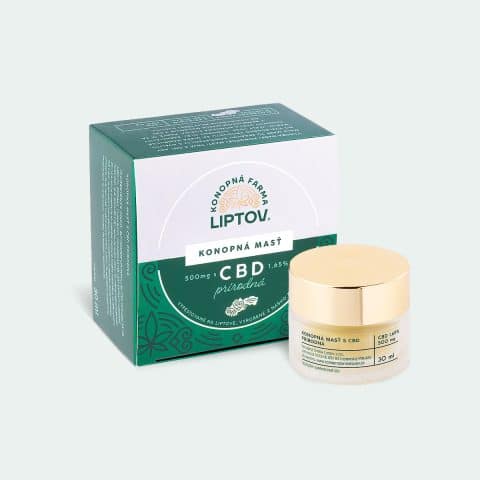 Hemp CBD ointment 500 mg pure21,13 €
Hemp CBD ointment 500 mg pure21,13 €25,00 € -
Product on sale
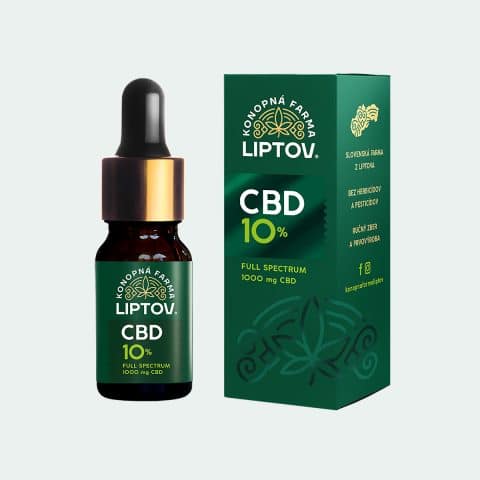 CBD oil 10 % full spectrum – premium45,77 €
CBD oil 10 % full spectrum – premium45,77 €46,00 €
